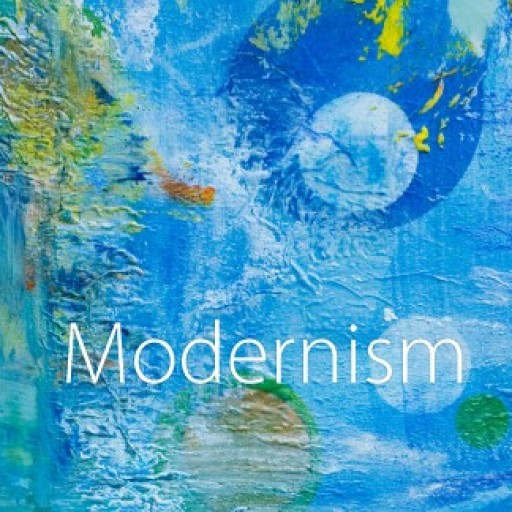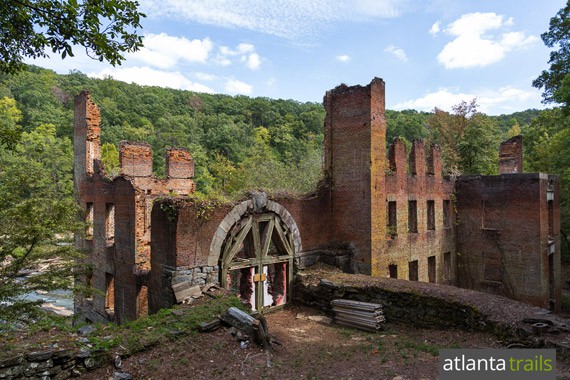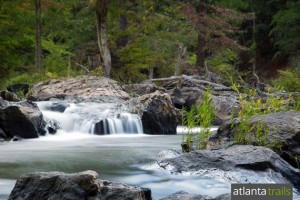Having grown up in Georgia, I found that a lot of the images Jean Toomer uses in Cane resonate with my own impressions of life in this southern state. Whenever I try to remember the heavily humid summer days and nights, I always picture it being dusk; the sky slowly turning an ombre purple, sun sinking beneath clouds and pine trees, fireflies emerging from their daytime hiding places, the sound of a train’s horn in the distance. For me, this is one of the quintessential experiences of my Georgia childhood. Reading Cane, I felt as though the images chosen by Toomer also reflect my memories.
My hometown of Powder Springs is located in one of the many liminal places of the state—halfway between the city and the countryside, meaning that it has the advantage of both decent infrastructure and an abundance of nature. My house itself is surrounded by tall trees, hydrangeas, and ferns growing out from a blanket of decaying leaves. When walking outside on especially windy days, all the trees would sway from side to side, which always gave me the disquieting feeling that one was bound to fall. We also have a host of frequent visitors to our backyard; wild turkeys, deer, owls, opossums, and the occasional coyote all drop by from time to time. Often my family would go hiking at nearby Sweetwater Creek State Park, a site that was formerly home to a manufacturing mill that was burned during Sherman’s march and, before that, was taken from Cherokee people who were then forced to walk the Trail of Tears to Oklahoma. Like many places in the area surrounding my home, this state park contains both remnants of a painful history and natural beauty. Being surrounded by these natural features was one of the best parts of living in this area, so I think images of nature, such as pine trees, are vital to capturing what life here is like.
Because Powder Springs exists in between the city and the countryside, it also exists halfway between the more liberal urban center and the frighteningly conservative, aggressively Christian rural areas. Powder Springs itself reflects these interweaving populations. Demographically, my family was not alone in being an atheist, liberal family in the town, but we were among the very few. If, like Toomer, I were to choose images to represent life in Georgia, the very first I would pick would be that of a large wooden cross. Throughout my childhood, my family’s lack of religious affiliation marked us as somewhat “other.” Christian ideology permeated much of the town’s culture and the lives of its inhabitants. Ranging from the many churches dotting the town’s main street, to the door-to-door “saviors,” to the gaggle of girls surrounding me and my sister announcing that we would be burning in hell, the overbearing presence of Christianity only made my family’s lack of faith more apparent. So to represent this pervasive religiosity, I would choose the just as pervasive large, wooden crosses that decorate the front lawns of so many of the churches in my hometown.
Though there is so much more to write about Georgia and what images might speak to life here, these are ones I find important and distinct to my life growing up here.



I especially like this passage, which captures so well what Toomer never lets us forget–that there is great natural beauty here, which, is we look and listen carefully will speak to us of often painful histories:
“Often my family would go hiking at nearby Sweetwater Creek State Park, a site that was formerly home to a manufacturing mill that was burned during Sherman’s march and, before that, was taken from Cherokee people who were then forced to walk the Trail of Tears to Oklahoma. Like many places in the area surrounding my home, this state park contains both remnants of a painful history and natural beauty. Being surrounded by these natural features was one of the best parts of living in this area, so I think images of nature, such as pine trees, are vital to capturing what life here is like.”